Iron Body Armor Ends This Week!
The final week of Iron Body Armor’s foundational strength program is here and you’ve been asking what your next 8-week program cycle holds,
so…
ForeverStrong is excited to announce the Strong & Sculpted Functional Fitness Program!
Iron Body Armor focused on developing foundational strength. We lifted heavy weights to get stronger because we wanted to lay a solid foundation for other types of fitness improvements. During Strong & Sculpted, we will build from that foundation using “functional” movements.
This follows the ForeverStrong Method, which cycles through foundational, functional, and enduring strength programs, and uses the exercise science principles of periodization and progressive overload to make sure clients get results year after year.
ForeverStrong’s Current Program Cycle:
Cycle 1: Foundational
Cycle 2: Functional
Cycle 3: Enduring
Based on this formula, Iron Body Armor, which focused on foundational strength, ends Saturday. This Monday kicks off Strong & Sculpted, which will focus on functional movements. I know I can’t wait!
We put the FUN in FUNctional Fitness 😉
Functional movements replicate essential daily activities and help us become more athletic and agile, while developing resilience in our joints that helps us improve balance and coordination. For this reason, highlighted movements of Strong & Sculpted will include band chops and single leg deadlifts. Hooray!
This is what we will do:
- Implement a progressive strategy. When we start, you’ll notice you’ll immediately be asked to perform more reps than you were asked to perform during Iron Body Armor, and the reps are only going to increase from there!
- Use variable intensity. During the LIFT, 3 of 4 workouts will be an upper / lower combo. Expect your thighs to burn when we kick up the challenge and train a lower body superset once every 4 workouts . Imagine how sculpted your legs are going to feel!
- Isolate weak links. Expect lots of “sculpt” with maximum emphasis on isolating the biceps, triceps, and core. This will help fortify your weak links and help your body develop muscle definition by targeting specific, smaller muscle groups. In the end, these techniques will help you break plateaus and set new records!
Ready for the gun show?
To get the most from your sculpting sessions, we will hit triceps and biceps hard to optimize muscle protein synthesis in the “show” muscles. Muscle protein synthesis is just the rebuilding of muscle tissue after it’s been stressed, but without muscle synthesis, your muscles won’t grow.
As a result, during Strong & Sculpted, we will emphasize building lean, sculpted, and powerful bodies through intense performance, as well as through optimal nutrition.
Did somebody say six pack?
Build a strong core with movement progressions that began with Iron Body Armour. Clocks and dead bugs will carry over for another 8-weeks, and we will progress the kettlebell getup to the elbow, then eventually to the bridge. Yay! Everybody loves progress!
Speaking of guns…
The Teaching Melt returns! So get ready to pull your guns from your holsters and learn Gunslingers, an advanced two kettlebell swing!
Of course, at ForeverStrong we compliment every session with our high intensity MELT. You can look forward to new and challenging HIIT moves to push your metabolism into overdrive. 😮
Check out this video for a demonstration of gunslingers.
If you are not already training ForeverStrong, it’s not too late to start!
We’ve helped hundreds of busy parents, grandparents, business owners, and neighbors in Marriottsville, Turf Valley, Waverly Woods, Woodmark, West Friendship, Eldersburg, Sykesville, Woodstock, Cooksville, Ellicott City, Mt. Hebron, Clarksville, Fulton, Laurel, Burtonsville, Highland, Silver Spring, Columbia, Ellicott City, Glen Elg, and Maple Lawn, and we’d love to help you.
Come see why hundreds of men and women train ForeverStrong instead of hiring an ordinary personal trainer.
The first step is to schedule a complimentary first session. The easiest way to start is to text us at 301-452-5547. We will take it from there!
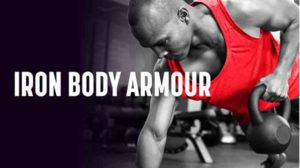
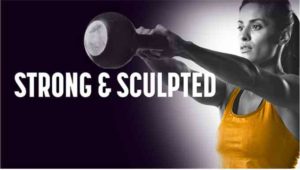
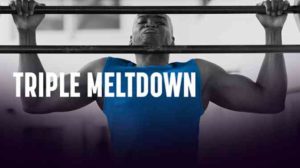
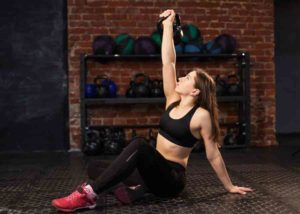

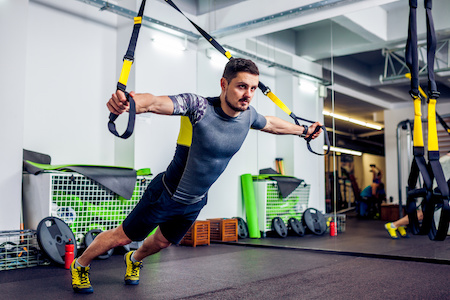
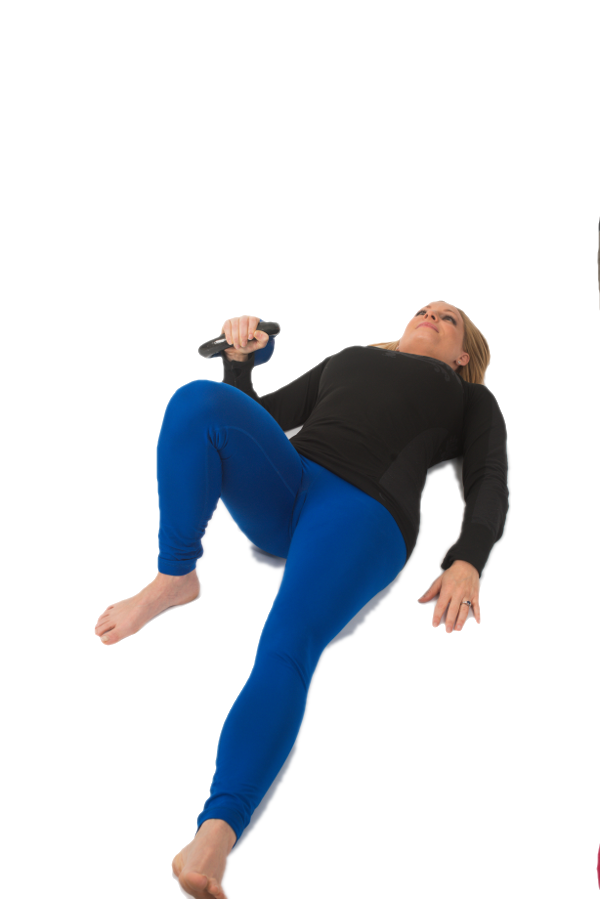
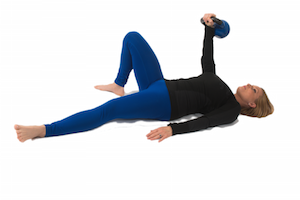
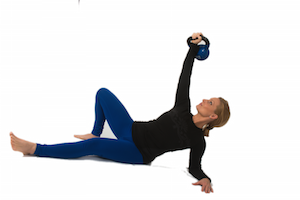
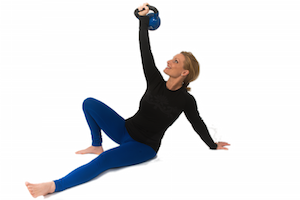
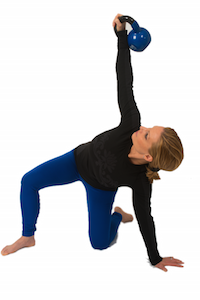
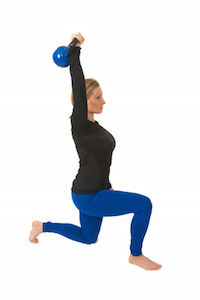
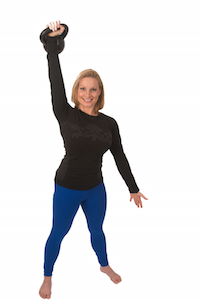

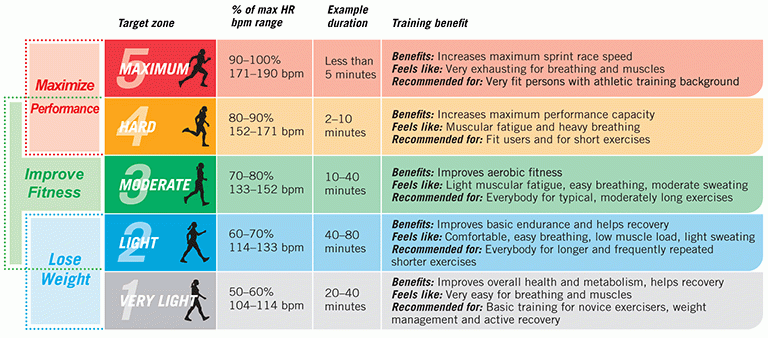
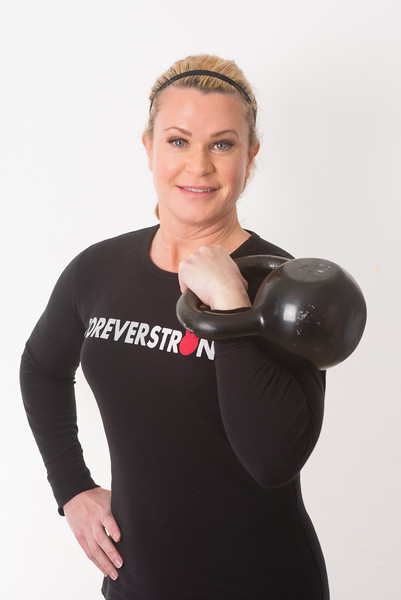
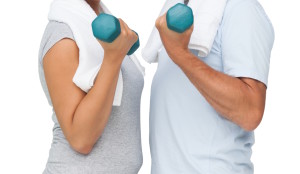




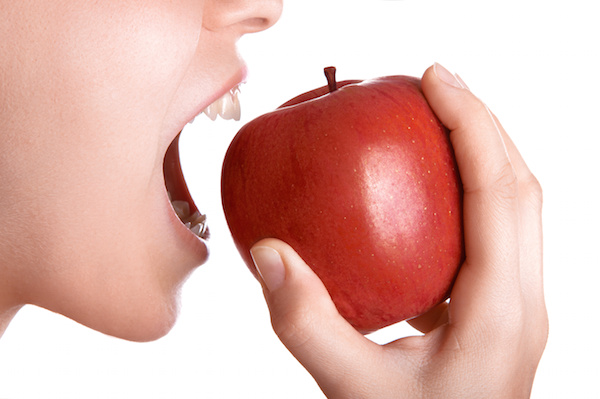

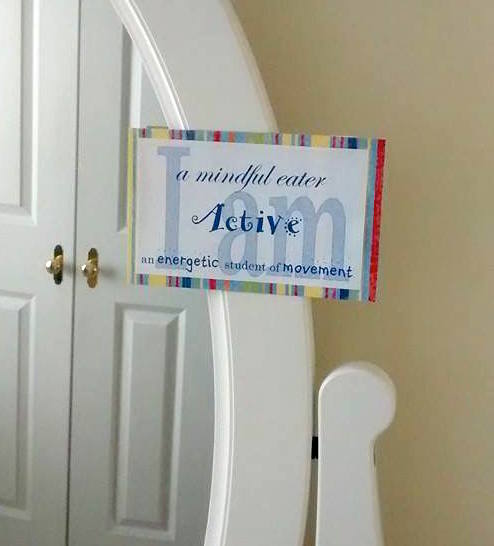

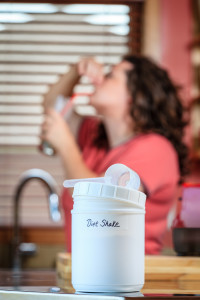

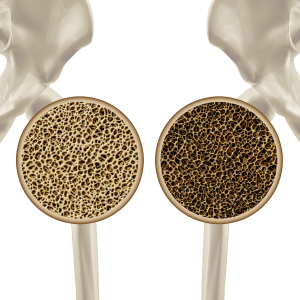

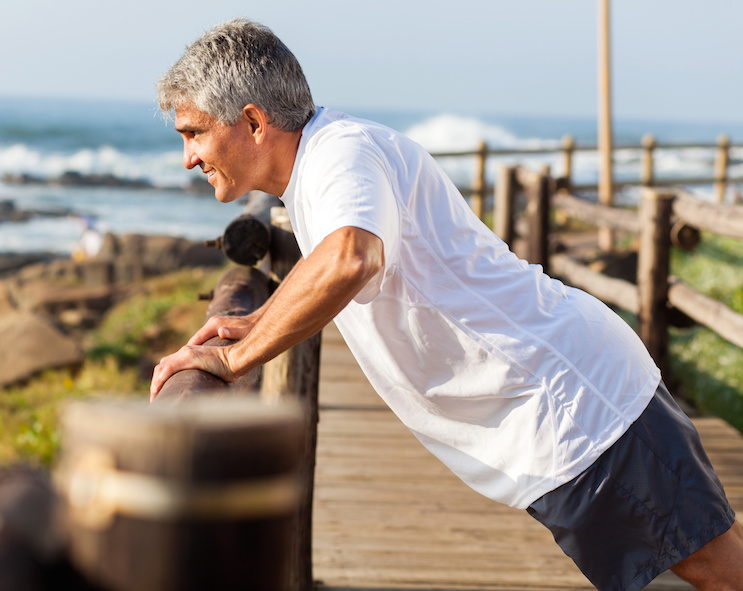
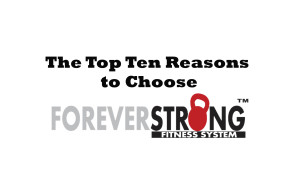
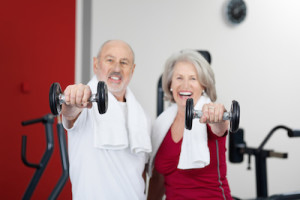

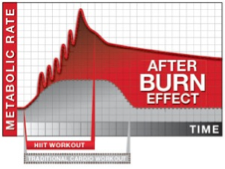





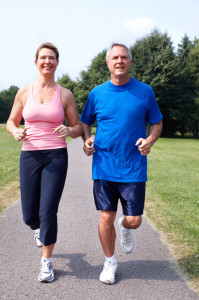

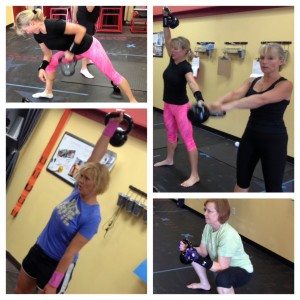

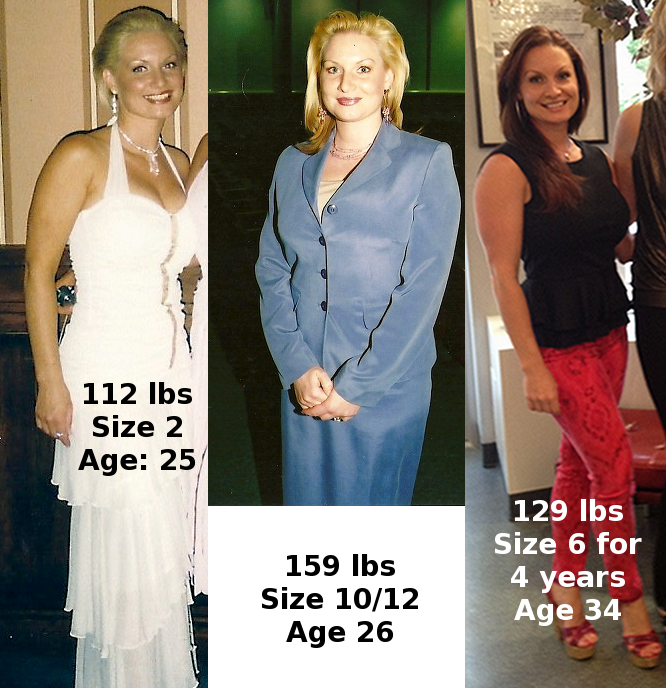
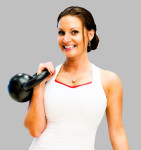

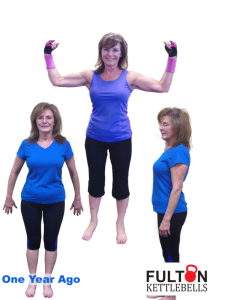
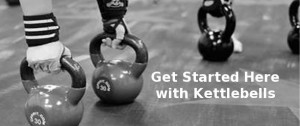
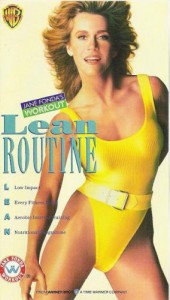
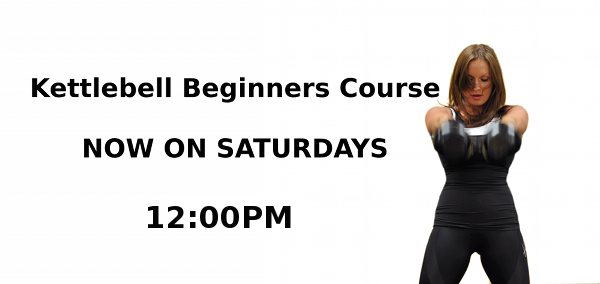


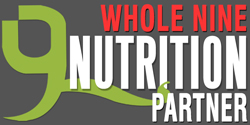
 Simple food choices go a long way when it comes to your heart’s health. Focusing on fresh foods full of heart-healthy fats and antioxidants can decrease your risk of developing heart disease and cut your chances of a heart attack. These 10 foods will help keep your ticker in top shape.
Simple food choices go a long way when it comes to your heart’s health. Focusing on fresh foods full of heart-healthy fats and antioxidants can decrease your risk of developing heart disease and cut your chances of a heart attack. These 10 foods will help keep your ticker in top shape. Childhood obesity, underage drinking, smoking and failure to exercise are all concerns for parents these days. If you want your kids to adopt a healthier, wiser lifestyle, you are going to have to show them the light. Children often learn best by example. Lead and they will likely follow.
Childhood obesity, underage drinking, smoking and failure to exercise are all concerns for parents these days. If you want your kids to adopt a healthier, wiser lifestyle, you are going to have to show them the light. Children often learn best by example. Lead and they will likely follow.